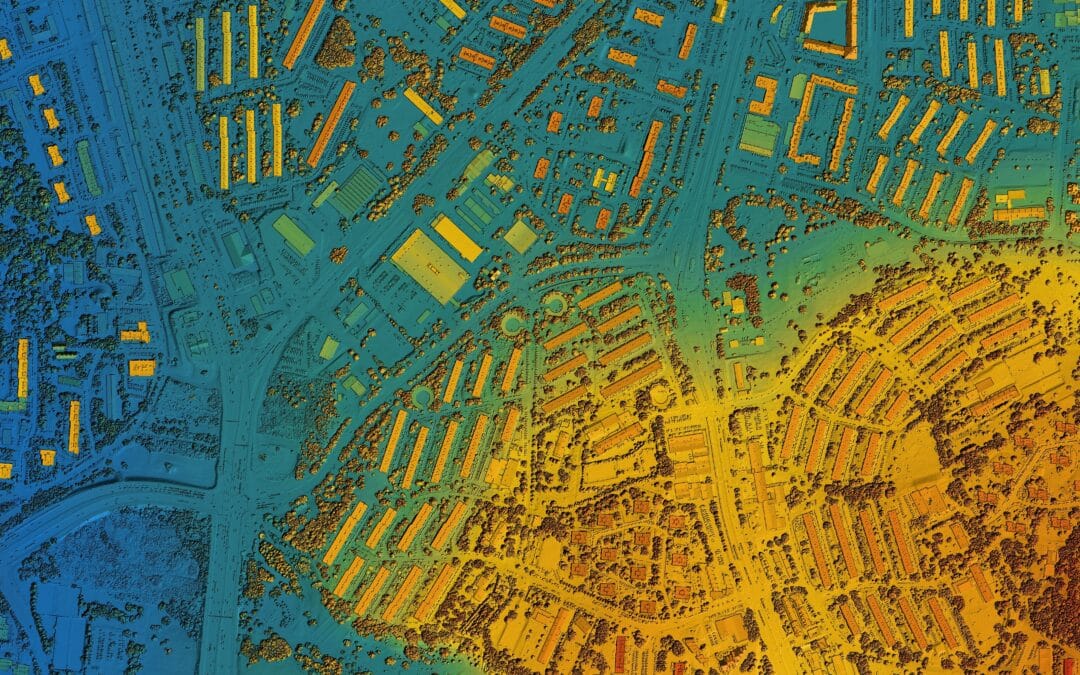For some rental property investors, finding out that the bargain property you want to buy is governed by an Owners’ Association is an automatic deal-breaker. But while buying single-family rental properties in neighborhoods with Owners’ Associations can present some unique challenges, it doesn’t necessarily need to disqualify an otherwise high-potential rental property. Owners Associations come in many different shapes and sizes, as do association fees. Because each situation is different, your research on prospective properties located in an Association neighborhood should include comprehensive data on association rules and fees, as well as first-hand experience, if possible. While you may find out something about the Association that is a true deal-breaker, you may also discover that the bargain property you want is still a great prospect, Owners Association and all.
With the increased number of developments being built and structured as Owner Associations, educating yourself on the way they run before investing is paramount. In some parts of the country, Owners Association neighborhoods are extremely common. For example, in Phoenix, one of the fastest-growing housing markets in the nation, Owners Associations comprise roughly 70% of all residential properties. However, Phoenix ranks just 10th nationwide for having the most, while Florida has long reigned at #1 in that department. With so many, there is a great deal of variety in how restrictive the association rules are, how much they charge in owners assessments (and when those assessments are due [monthly, quarterly, semi-annually or annually]), and how often they resort to community special assessment fees for improvements or reserves. Some take a very hands-off approach, simply ensuring trash is kept out of front yards and maintaining the roads. For such basic services, an Association like this might charge less than $100 per year.
Of course, the more amenities the neighborhood offers, the higher the Owners Association fees tend to be. One recent trend that has proven popular in some areas is the growth of planned communities that feature amenities like a large and luxurious community center, exercise equipment, and a large community pool. For access to these amenities, residents often pay anywhere from $100 to $1000 per month in dues. While Owners Association assessments in single-family neighborhoods tend to be fairly reasonable and based on how many common area maintenance and other services the association provides, there are cases where fees have reached $2,500 a month or more.
While such extremes are rare, another important piece of information to check for is how often the Owners Association imposes special assessment fees. Most have the power to charge property owners additional fees for neighborhood improvements or emergencies. In such cases, the costs of sewer upgrades, a new park, or other elements are passed on to property owners in the neighborhood. While there’s no sure way to know if or when an Owners Association will charge additional fees, by asking specifically about the amount and frequency of assessment fees, you can get a sense of whether such fees will become an issue for your cash flows.
One great way to get a clear sense of the relationship between the Owners Association and the neighborhood they monitor is to read through the association’s governing documents, and obtain the Owners Association financial documents. While it may not be fun, reading through an Owners Association Covenants, Conditions & Restrictions (CC&R’s) can help you determine how restrictive it will be about issues of property maintenance, resident behavior, and other matters, such as who is able to use the Association’s facilities, etc. You should also learn as much as you can about how it is run and how board members are elected. Infighting in Owners Association boards is not uncommon, and dealing with a dysfunctional board can be extremely difficult. Finally, look through the Association’s financial documents for any unusual expenditures and their money management patterns. A well-run Owners Association should be able to fund itself and all required services with regular monthly fees. If cash outflows are exceeding the inflows, that might be a sign of trouble.
Finally, don’t forget to talk to the neighbors themselves. The property owners are your best source of information about how easy (or difficult) dealing with the Association will be. While not everyone in the same neighborhood will have identical experiences, a large number of complaints or negative interactions may be a sign of an Association that is not handling themselves very well. The last thing a rental property investor needs is to get sucked into a drawn-out battle with the neighborhood Association.
In the end, otherwise solid rental properties with a neighborhood Owners Association don’t need to be automatically crossed off your prospects list. But each situation is different, and so before making any purchase decisions, it’s important to have all the facts. Gathering information is one thing that Real Property Management can help you with. We offer rental property investors up-to-date market data and local expertise to help make your decision process more efficient. To learn more about what we can offer you, contact your nearest Real Property Management office.























0 Comments